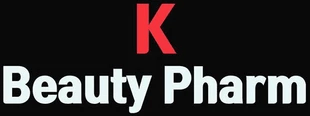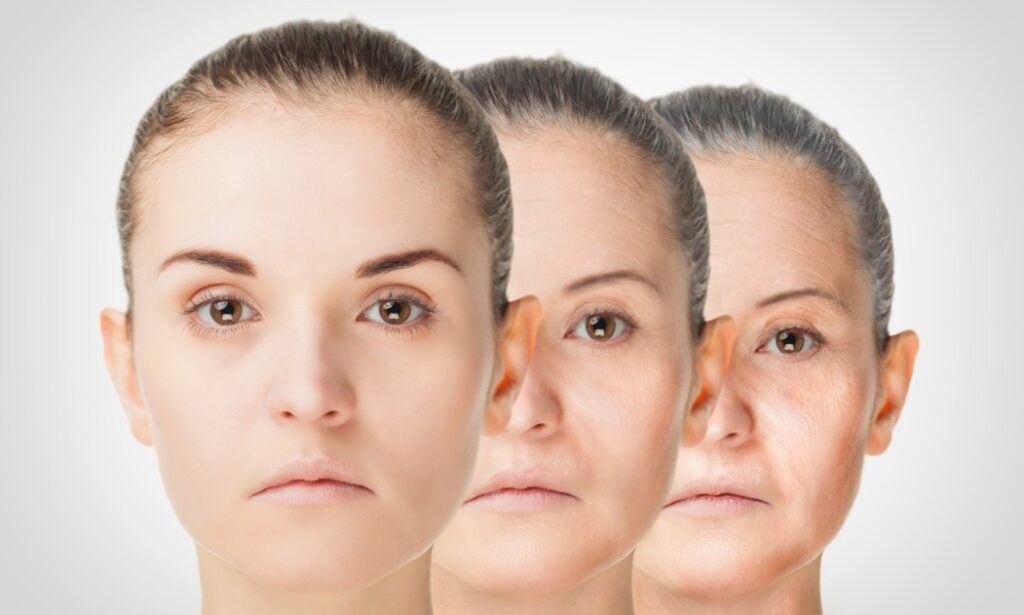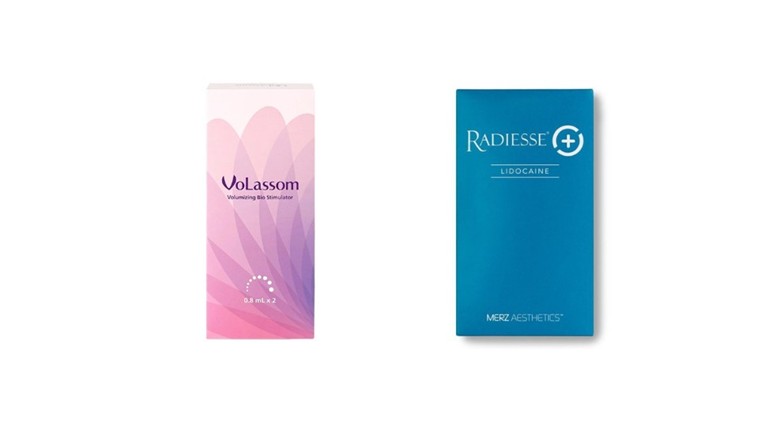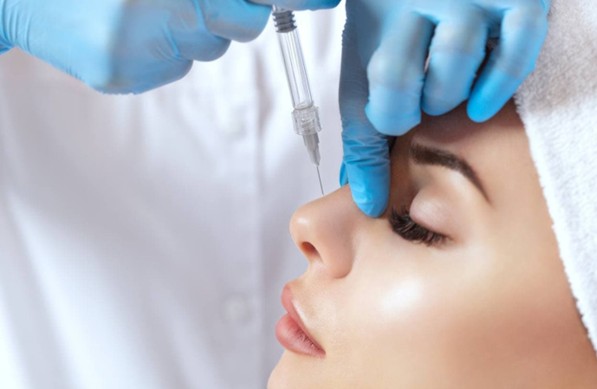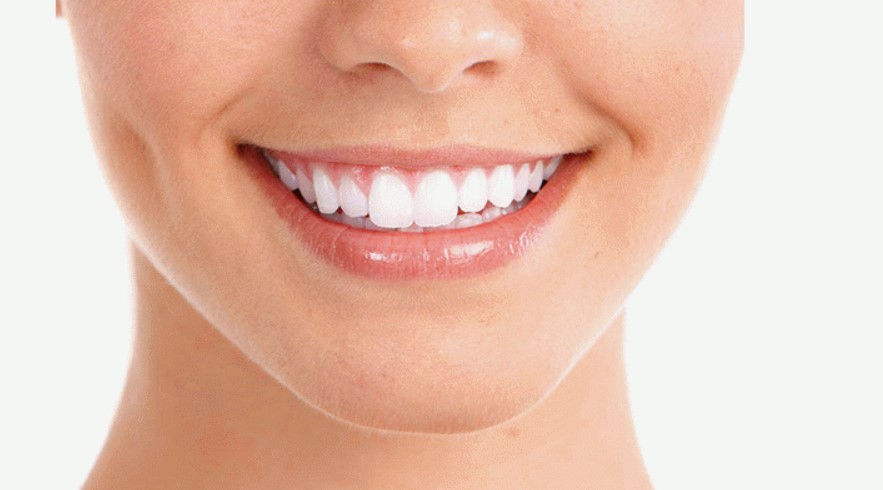FREE SHIPPING OVER $600 MINIMUM ORDER $400
Beginner’s Guide to Botox & Fillers (FAQs & Basics)

Botox and dermal fillers are now among the most widely used non-surgical treatments in today’s aesthetic industry. Whether you’re a skincare newbie, a K-beauty fan, or even a beauty professional exploring injectables, understanding the difference between these treatments is the first step in making informed decisions about your skincare journey.
This beginner’s guide explains the basics of Botox and fillers—what they are, how they work, and what you can expect as a first-timer.
What Is Botox?
Botox is a brand name for botulinum toxin type A, a neurotoxin that temporarily relaxes targeted muscles. When administered in precise, low doses, Botox works by blocking muscle activity that causes dynamic wrinkles—lines that form from repeated facial expressions such as frowning, squinting, or lifting your eyebrows.
Common Botox Treatment Areas:
- Forehead lines
- Frown lines (11s)
- Crow’s feet (outer eye wrinkles)
- Masseter (for jaw slimming and teeth grinding)
- Bunny lines (nose wrinkles)
Botox results usually start to show within 3–7 days and last about 3–4 months. With regular maintenance, results can become more consistent and even last longer over time.
What Are Dermal Fillers?
In contrast to Botox, which works by affecting muscle movement, dermal fillers are injectables designed to add volume, reduce the appearance of static wrinkles, and enhance facial contours. The most popular fillers are made from hyaluronic acid (HA)—a naturally occurring substance in the skin that holds moisture and adds plumpness.
Other Types of Fillers Include:
- PLLA (Poly-L-lactic Acid): Stimulates collagen over time (e.g., Sculptra, Juvellok, Ruella)
- Calcium Hydroxylapatite: Adds structure and firmness
Fillers are typically used to address:
- Cheek volume loss
- Lip enhancement
- Nasolabial folds
- Chin augmentation
- Under-eye hollows (tear troughs)
Results from HA fillers are immediate, while collagen-stimulating fillers like PLLA improve over time. Longevity ranges from 6 months to 2 years, depending on the product and treatment area.
Botox vs. Fillers: What’s the Difference?
| Feature | Botox | Dermal Fillers |
| Function | Temporarily relaxes muscles | Adds volume and contours |
| Target Areas | Dynamic wrinkles | Static wrinkles and volume loss |
| Results Timeline | 3–7 days | Immediate (HA) or gradual (PLLA) |
| Longevity | 3–4 months | 6–24 months, depending on type |
| Common Use Cases | Forehead, crow’s feet, masseter | Lips, cheeks, under eyes, jawline |
If you’re unsure which is right for you, a skilled injector can help create a customized treatment plan using one or both, depending on your needs.
Beginner FAQs About Botox & Fillers
1. Do Botox or fillers hurt?
Both treatments involve needles, but discomfort is minimal. The majority of practitioners apply a numbing cream or use ice to help minimize discomfort. Botox feels like tiny pinches, while fillers may feel like pressure or a stinging sensation, especially in sensitive areas like the lips.
2. When will I see results?
- Botox: Starts working in 3–7 days; full results in 2 weeks
- Fillers: Instant volume; minor swelling/bruising may mask results for 1–2 days
3. Are Botox and fillers safe?
Yes, when performed by a qualified professional. All Korea FDA-approved products undergo rigorous testing. However, complications can occur if improperly injected, so never cut corners with cost or experience.
4. Will I look frozen or overdone?
Not if done correctly. The “frozen” appearance typically results from overusing Botox or injecting it in the wrong areas. A skilled injector enhances your natural features subtly, keeping facial expressions intact.
5. What’s the downtime?
- Botox: Minimal; avoid alcohol, exercise, or touching the area for 24 hours.
- Fillers: Minor swelling, bruising, or redness for 2–3 days. Steer clear of high temperatures and intense physical exercise for 24 to 48 hours.
Top Treatment Areas and Their Benefits
Here’s a quick overview of what Botox and fillers can do:
Popular Botox Treatments:
- Forehead lines: Smooth deep creases
- Glabellar lines: Soften frown lines between the eyebrows
- Crow’s feet: Reduce the appearance of fine lines around the outer edges of the eyes.
- Masseter: Slim down jawline, relieve TMJ, and grinding
Popular Filler Treatments:
- Lips: Plump or defined with subtle volume
- Cheeks: Add lift and structure
- Nasolabial folds: Smooth deep laugh lines
- Chin and jawline: Enhance facial contours for a sharper, more sculpted appearance.
- Tear trough: Brighten hollow or tired under-eyes
Who Should Consider Botox or Fillers?
These treatments aren’t just for people in their 40s or 50s. Many young adults in their 20s and 30s are turning to injectables for preventative aging and facial balancing.
You may benefit if you:
- Notice the initial signs of aging, like subtle fine lines.
- Want to restore lost volume or contour your features
- Prefer non-invasive, temporary solutions
- You are looking for subtle, natural-looking results
If you’re still unsure, schedule a consultation to discuss your goals and concerns with a professional.
Tips for First-Time Injectable Users
Trying Botox or fillers for the first time? Keep these tips in mind:
- Choose an experienced, licensed injector. Avoid budget providers or unverified clinics.
- Have a consultation first. Communicate your desired outcomes and seek clarification.
- Don’t copy celebrity treatments. Results vary by individual; what flatters one face might not work for another.
- Avoid alcohol, aspirin, or blood thinners before treatment to reduce bruising.
- Trust the process. Temporary swelling or slight asymmetry can occur, give your body time to recover naturally.
Maintenance
One of the most overlooked aspects for beginners is the importance of a maintenance plan. Botox and fillers are not one-and-done treatments; they work best when incorporated into a consistent skincare or anti-aging routine. Over time, regular Botox treatments can help train muscles to contract less, potentially reducing the frequency of treatments needed. Likewise, dermal fillers can be layered strategically for longer-lasting volume and improved skin texture when combined with other skin treatments like microneedling or exosome-based skin boosters. Building a long-term plan with your injector ensures you maintain natural results, avoid overfilling, and adapt treatments as your facial anatomy changes with age. Think of injectables not as a quick fix but as part of a personalized aging-well strategy tailored to your goals.
Conclusion
Botox and fillers are powerful tools for non-surgical facial enhancement. When used correctly, they can refresh your look, reduce signs of aging, and boost your confidence—all with little downtime.
Whether you’re just exploring injectables or ready to take the plunge, education and professional guidance are key. Always choose a trusted provider and focus on enhancing your natural features, not changing who you are.
